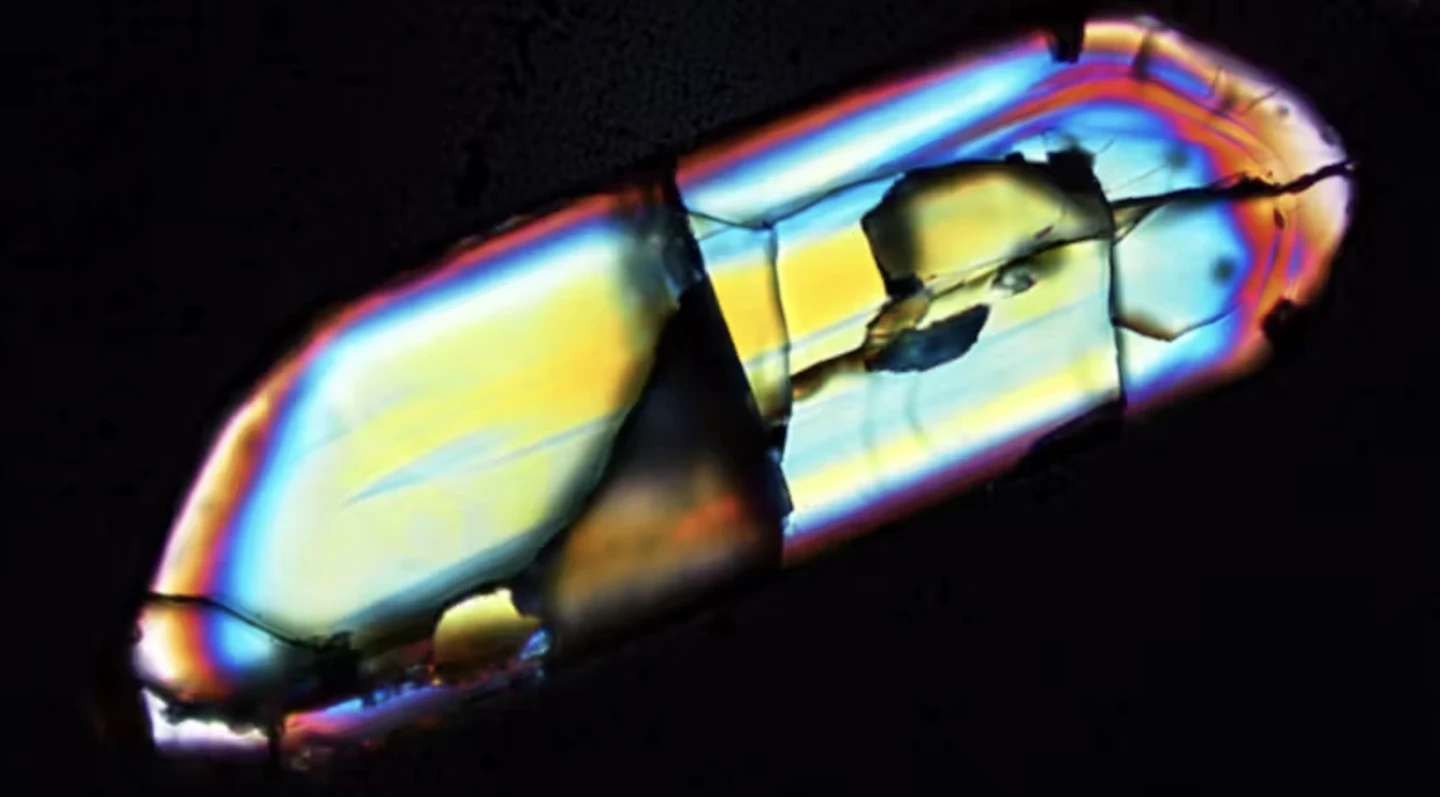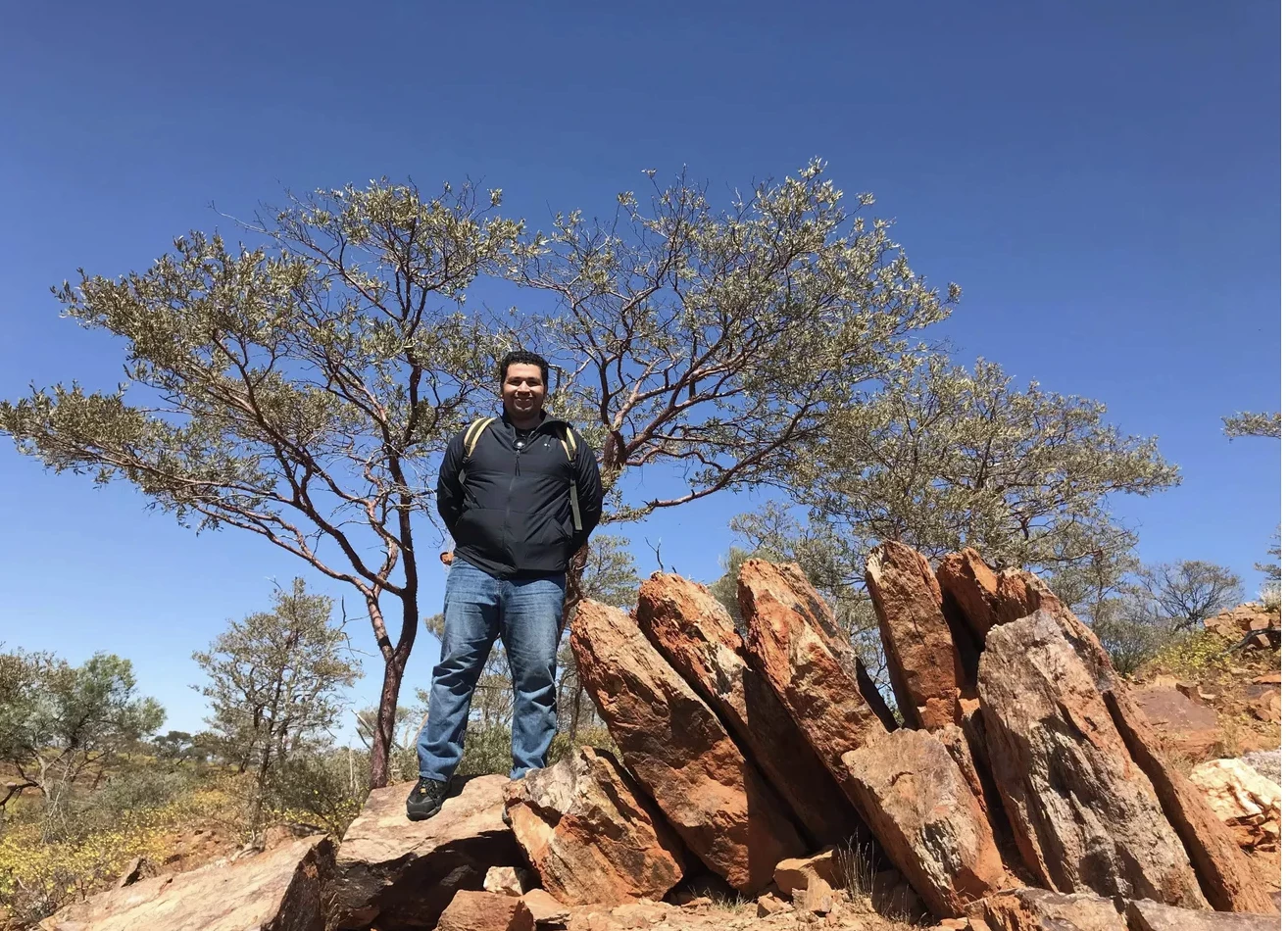A new study of ancient detrital zircons from inland Australia has found the first evidence that the Earth has had fresh water and dry land four billion years ago, much longer than previously thought. In fact, 500 million years further back in time.
Curtin University researchers reached these findings through isotopic analysis of crystals of zircon, the oldest known terrestrial mineral on the planet, from Jack Hills, Western Australia.
Zircon has been called the 'Time Lord' mineral, because of its resistance to erosion and metamorphosis, and how its properties read more like a historical record. This geological endurance across billions of years has allowed scientists to piece together Earth's ancient history. Zircon analysis has helped scientists understand a violent meteor strike in Arizona, when tectonic plates started shifting around, and even when life on Earth began.
In this study, the team dated around 1,000 zircon grains, with around 10% revealed to be older than four billion years. Then, aiming ion beams on the individual grains, the team measured the ratio of heavier to lighter oxygen; this isotopic ratio is a reliable indicator of seawater and freshwater composition.

What they found that in the crystals specifically aged four billions years and 3.4 billion years, there was distinctive light oxygen isotopic compositions. As such, these crystals could have only formed out of rocks and fresh water.
“We were able to date the origins of the hydrological cycle, which is the continuous process through which water moves around Earth and is crucial for sustaining ecosystems and supporting life on our planet,” said lead author Hamed Gamaleldien. “By examining the age and oxygen isotopes in tiny crystals of the mineral zircon, we found unusually light isotopic signatures as far back as four billion years ago.
This means fresh water on terrestrial land above seal level is at least four billion years old. It challenges a study in 2021 in which scientists made a convincing argument for the Earth being completely submerged by seawater three-to-four billion years ago.
"Such light oxygen isotopes are typically the result of hot, fresh water altering rocks several kilometers below Earth’s surface," Gamaleldien said. "Evidence of fresh water this deep inside Earth challenges the existing theory that Earth was completely covered by ocean four billion years ago.”

This evidence looks to be a vital piece in the puzzle of just how life took hold quite rapidly after the 4.543-billion-year-old Earth came into existence.
“This discovery not only sheds light on Earth’s early history but also suggests landmasses and fresh water set the stage for life to flourish within a relatively short time frame – less than 600 million years after the planet formed,” said co-author Hugo Olierook, from Curtin University’s School of Earth and Planetary Science. “The findings mark a significant step forward in our understanding of Earth’s early history and open doors for further exploration into the origins of life.”
As they note in the study: "The emergence of continental crust, the presence of fresh water and the start of the hydrological cycle probably facilitated the development of the environmental niches required for life fewer than 600 million years after Earth’s formation."
The study was published in the journal Nature Geoscience.
Source: Curtin University






